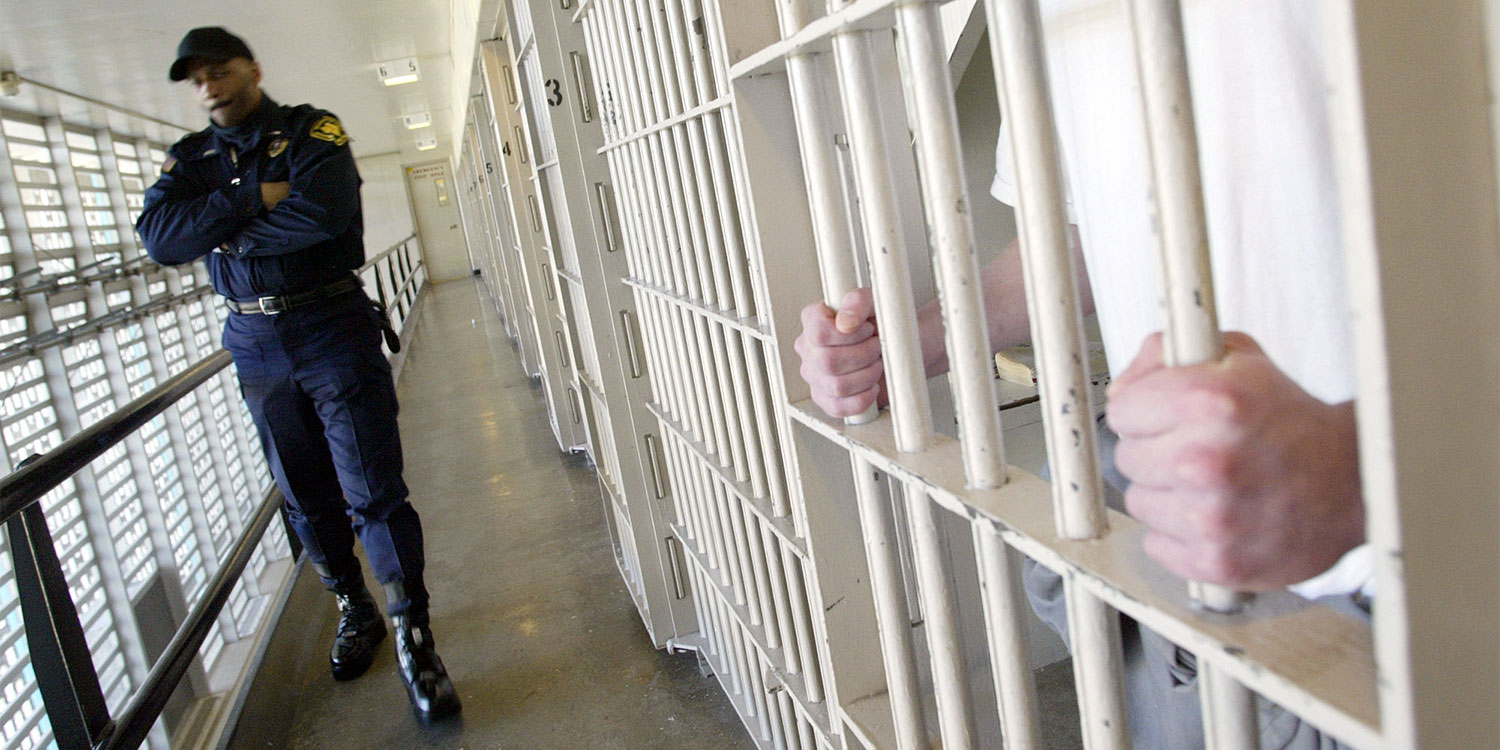
Roughly 2.2 million people are locked up in prison or jail; 7 million are under correctional control, which includes parole and probation; and more than $80 billion is spent on corrections every year.
Research has shown that policy changes over the past four decades have put more people in prison and kept them there longer, leading to exponential growth in the prison population even while crime has dropped to historic lows.
But despite widespread agreement that mass incarceration is a serious problem, the national conversation is light on details about what it will take to achieve meaningful and sustainable reductions. What do states actually need to do roll back their prison populations by 10 percent? 20 percent? 50 percent?
To advance the policy conversation, decisionmakers and the public need to know the impact of potential policy changes. Our Prison Population Forecaster can estimate the effect, by state, of policies that aim to reduce prison admissions and length of stay for the most common types of offenses.
Tune in and subscribe today.
The Urban Institute podcast, Evidence in Action, inspires changemakers to lead with evidence and act with equity. Cohosted by Urban President Sarah Rosen Wartell and Executive Vice President Kimberlyn Leary, every episode features in-depth discussions with experts and leaders on topics ranging from how to advance equity, to designing innovative solutions that achieve community impact, to what it means to practice evidence-based leadership.